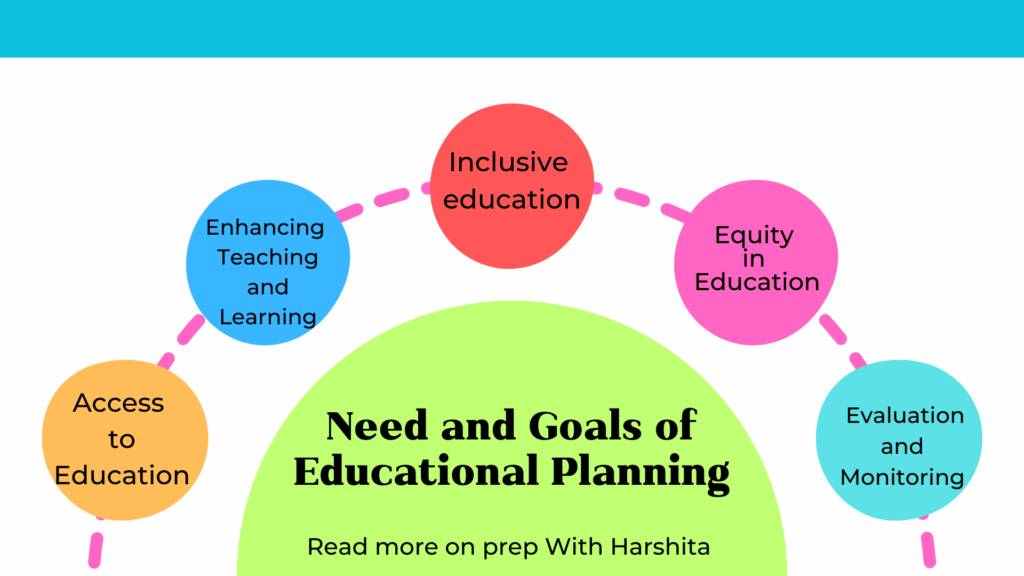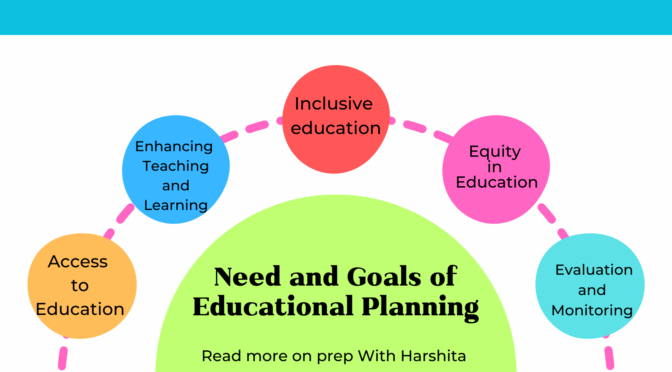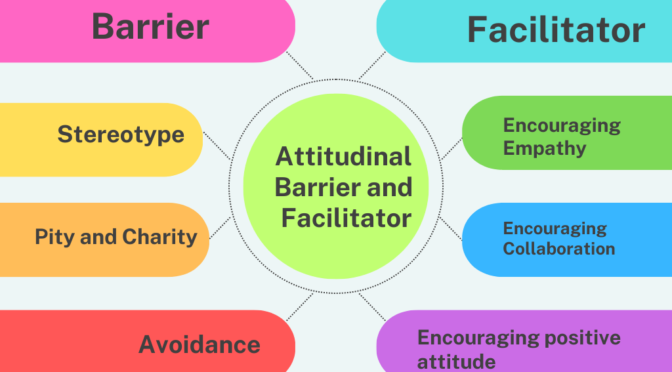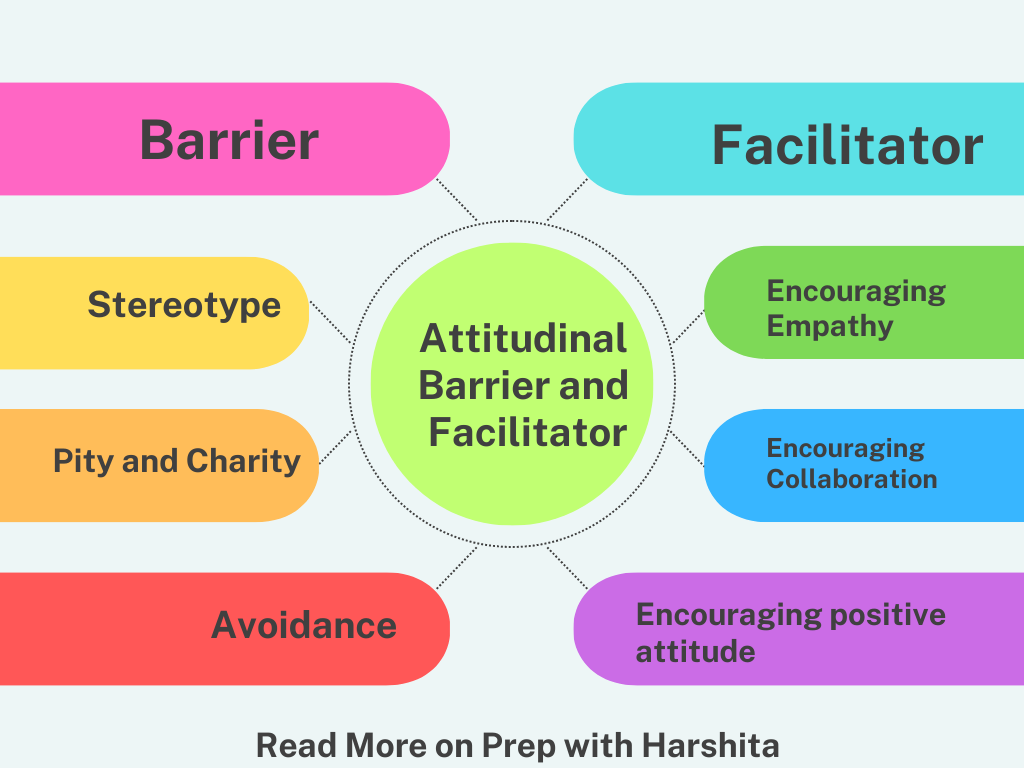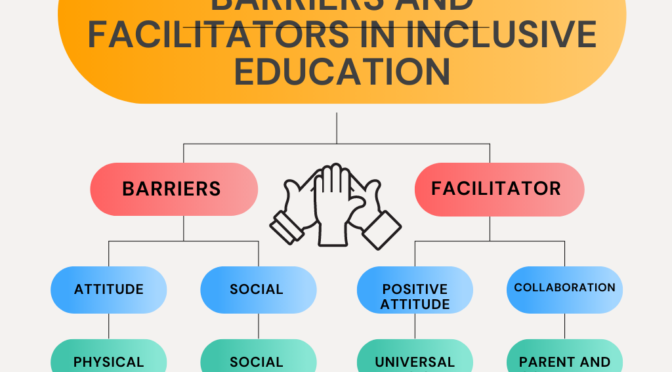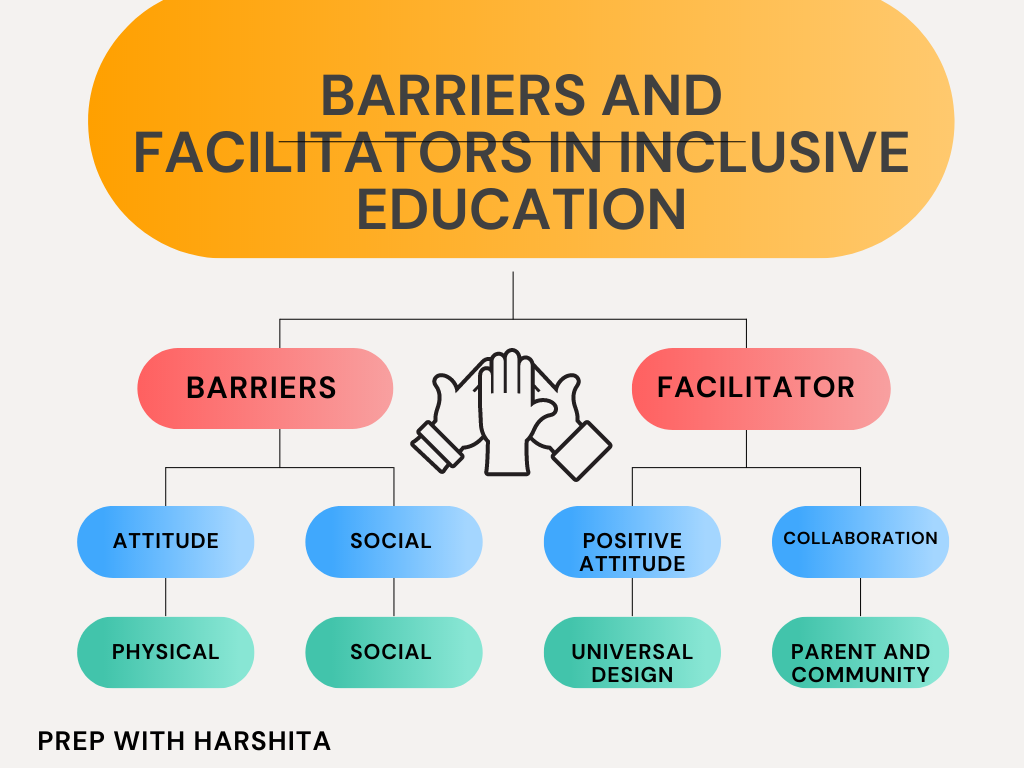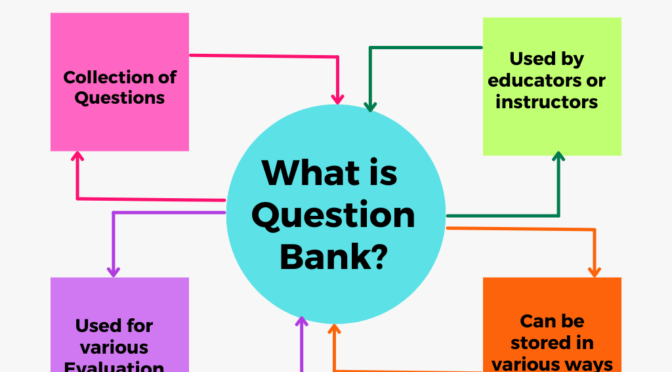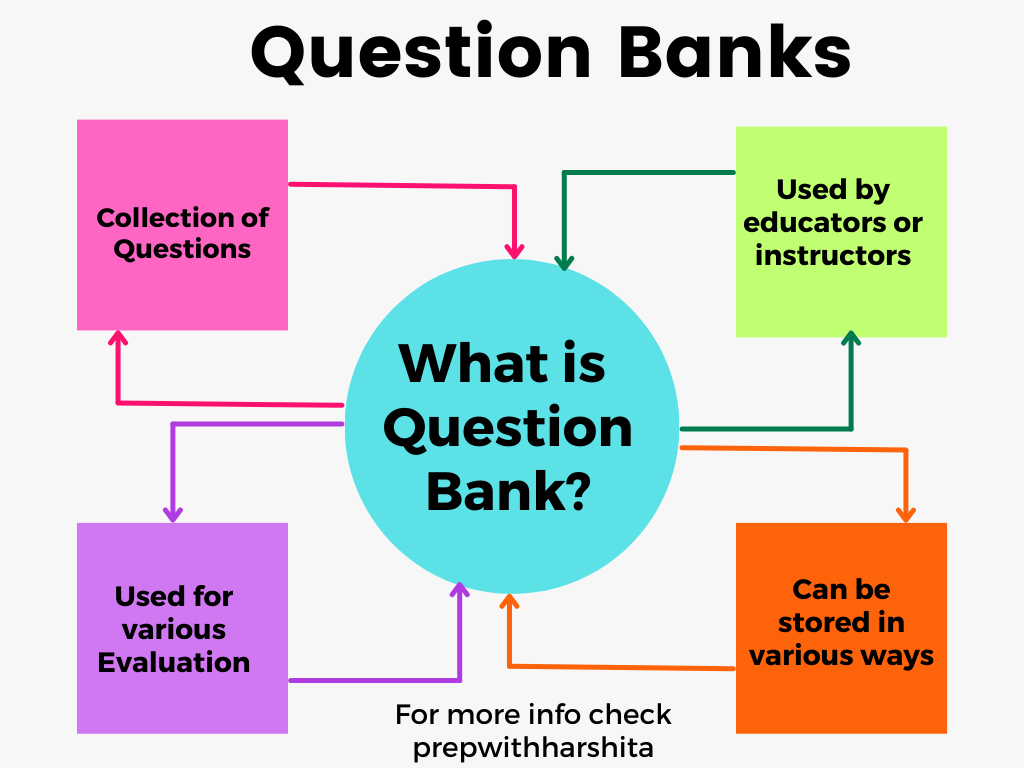The goals of educational planning at the secondary level can vary depending on the specific context and needs of a particular education system, but some common goals may include:
- Providing access to quality education: The goal of providing access to quality education means that all students should have equal opportunities to access high-quality education regardless of their background, socioeconomic status, or location. This goal is achieved by ensuring that all secondary schools are adequately equipped and staffed, and that all students have access to resources such as textbooks, libraries, and technology. It also involves ensuring that students are able to attend school regularly and that they are not hindered by factors such as poverty or discrimination.
- Developing a relevant and comprehensive curriculum: The goal of developing a relevant and comprehensive curriculum is to ensure that students receive a well-rounded education that prepares them for further studies, careers, and life. This goal involves designing a curriculum that is aligned with national educational standards, covers a range of subjects and skills, and is responsive to the needs and interests of students. It also involves ensuring that the curriculum is regularly reviewed and updated to keep pace with changes in society and the job market.
- Enhancing teaching and learning: The goal of enhancing teaching and learning is to improve the quality of education by adopting effective pedagogical practices and providing ongoing professional development for teachers. This goal involves providing teachers with the necessary resources, such as textbooks, teaching aids, and technology, to support effective teaching. It also involves ensuring that teachers have the necessary skills and knowledge to implement student-centered teaching methods that foster critical thinking, problem-solving, and creativity.
- Promoting equity and inclusivity: The goal of promoting equity and inclusivity is to ensure that all students have equal opportunities to succeed regardless of their background or circumstances. This goal involves providing support to marginalized groups such as girls, students with disabilities, and students from low-income families. It also involves ensuring that schools are safe and inclusive environments where diversity is celebrated and discrimination is not tolerated.
- Monitoring and evaluating progress: The goal of monitoring and evaluating progress is to ensure that the education system is functioning effectively and efficiently. This goal involves regularly assessing student learning outcomes, evaluating teacher performance, and monitoring the quality of infrastructure and resources. It also involves using data to identify areas for improvement and making necessary adjustments to the education system to ensure that all goals are being met.
In summary, the goals of educational planning at the secondary level are aimed at providing access to quality education, developing a relevant and comprehensive curriculum, enhancing teaching and learning, promoting equity and inclusivity, and monitoring and evaluating progress. These goals are interrelated and work together to ensure that all students receive a high-quality education that prepares them for success in further studies, careers, and life.
Also Read : Types of Educational Policy
